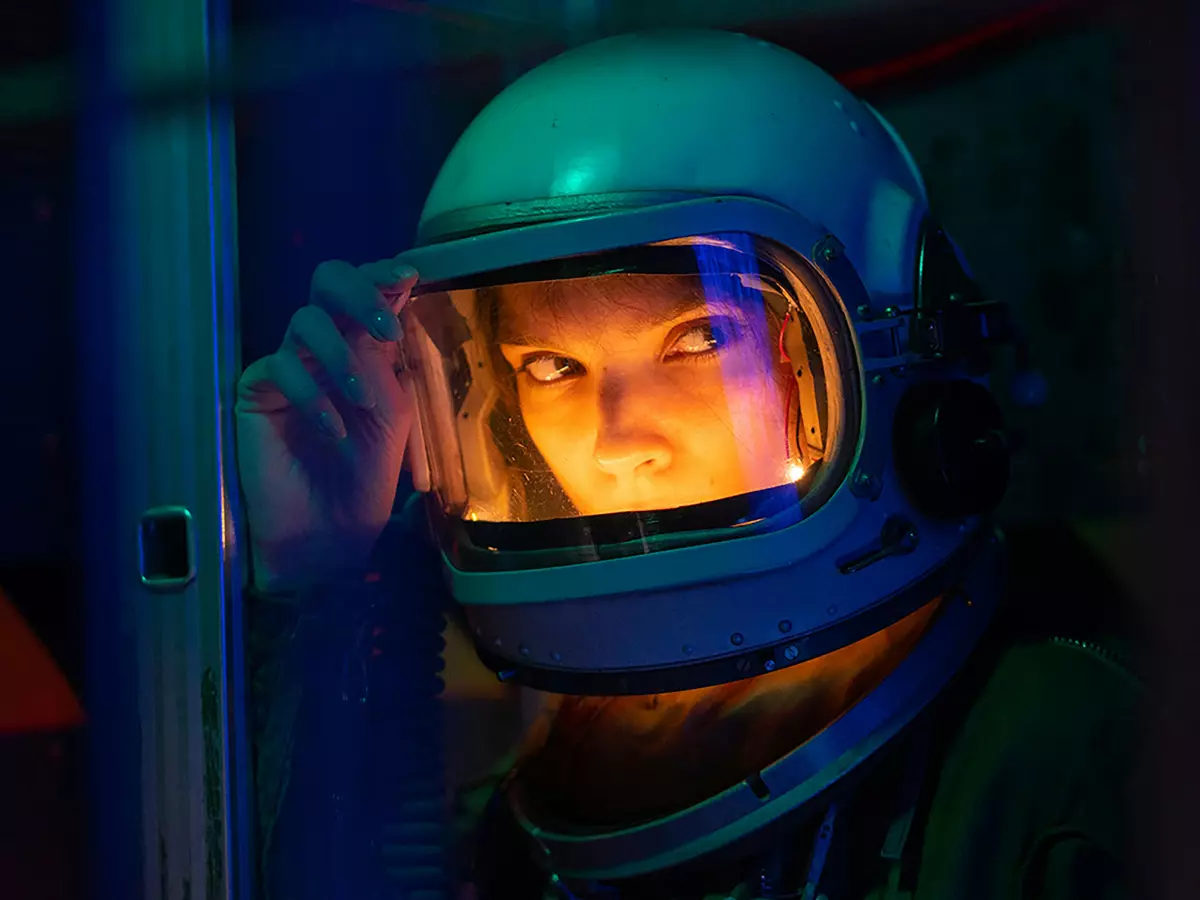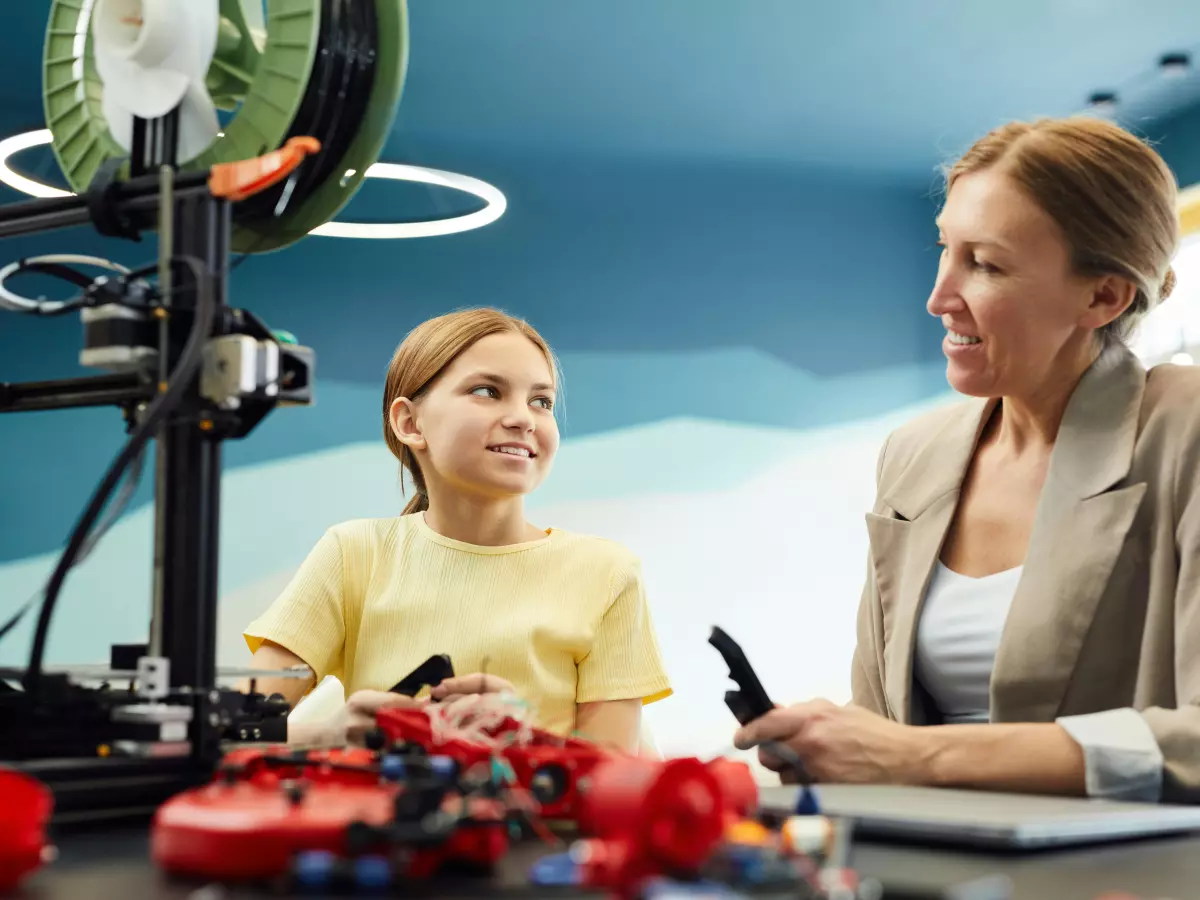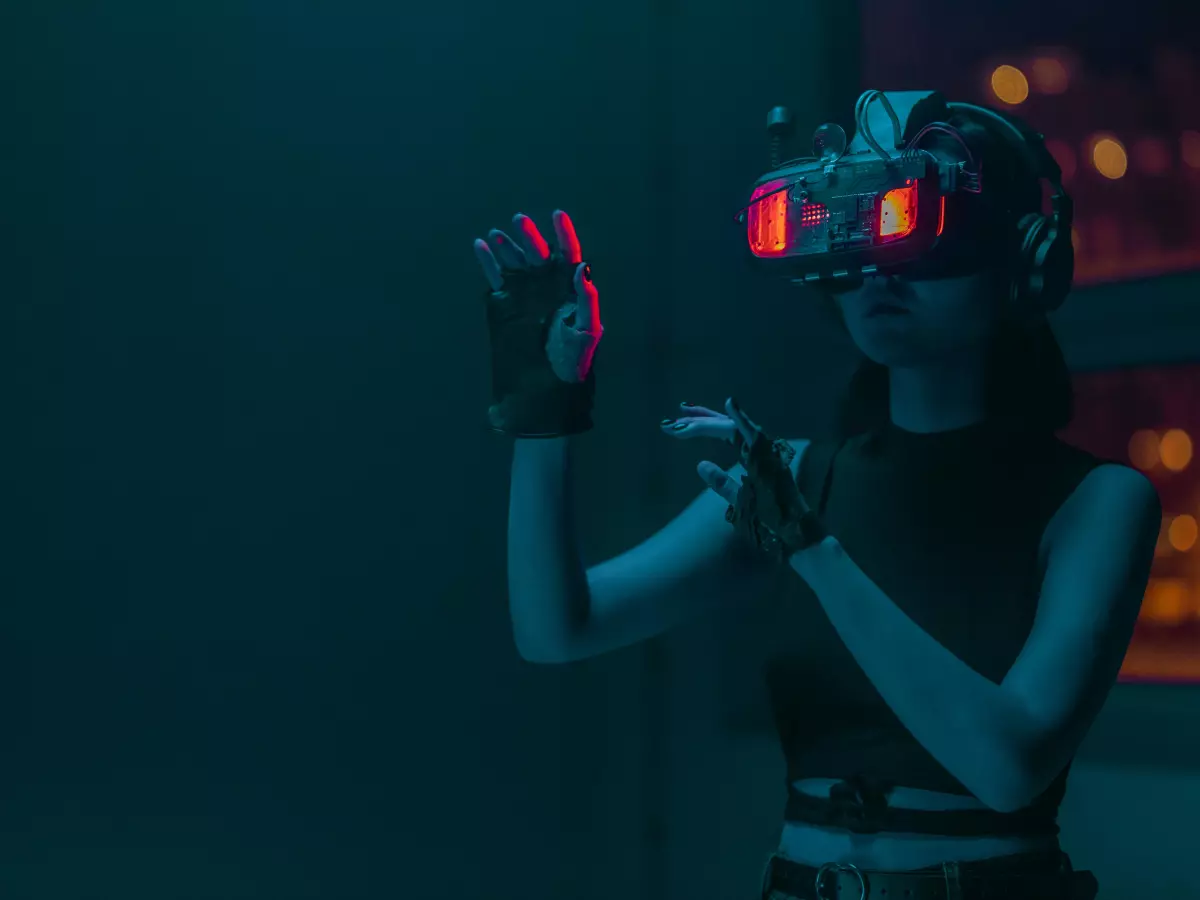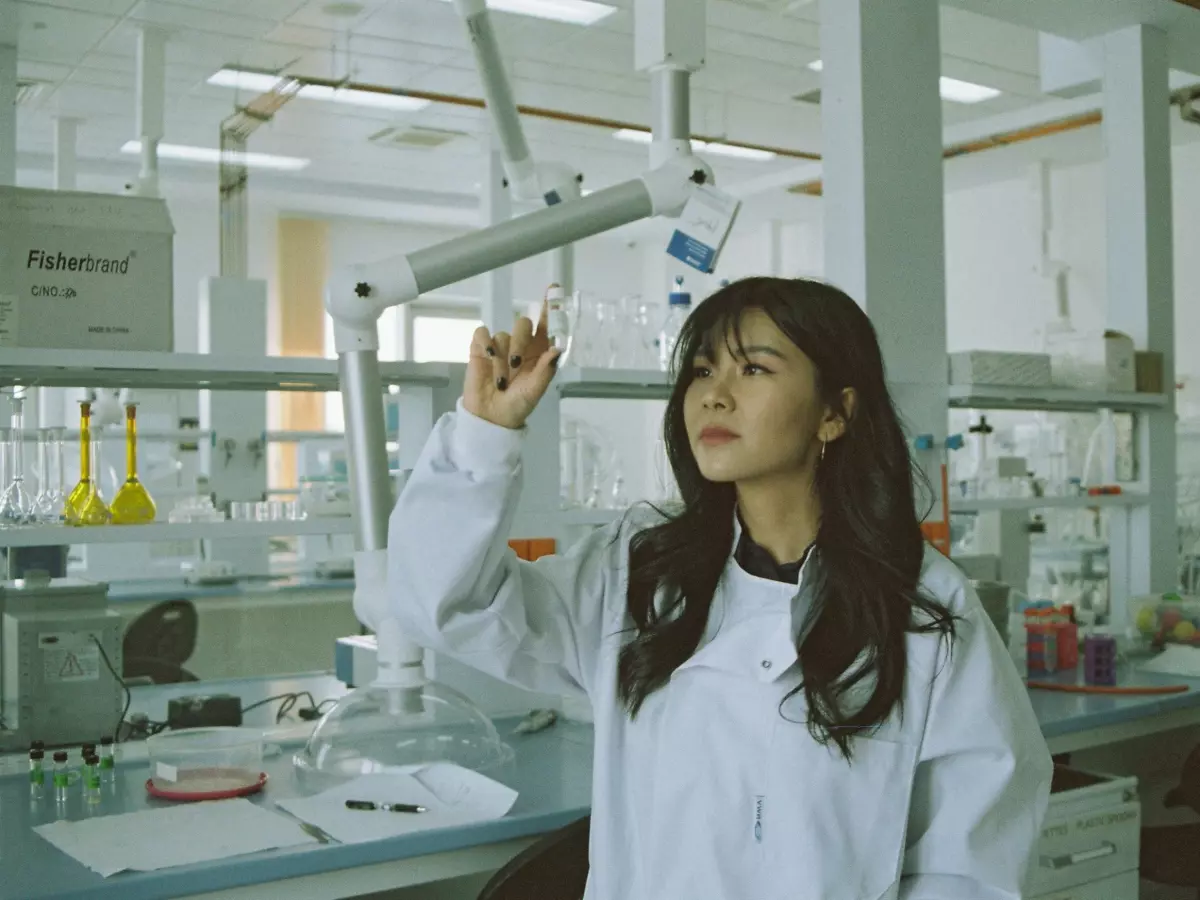Autonomous Robotics Revolution
By 2030, the global autonomous robotics market is expected to surpass $100 billion, with applications ranging from healthcare to logistics. But who is the driving force behind this massive shift?
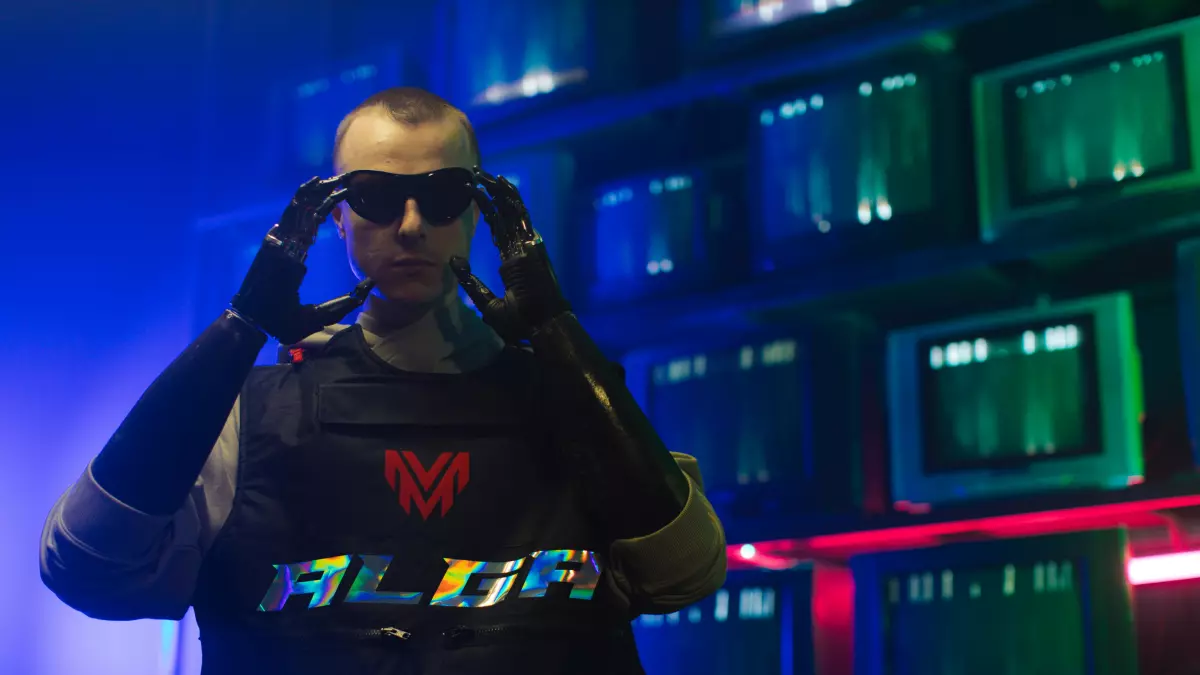
By Liam O'Connor
According to Dr. Emily Hawthorne, a leading AI researcher, autonomous robotics is not just about machines doing tasks; it’s about creating systems that can learn, adapt, and make decisions in real-time. “The future of robotics is autonomy,” she says. “And there’s one name that stands out in this field—Dr. Rajesh Patel.”
Dr. Patel is not your average tech innovator. He’s the mind behind some of the most advanced autonomous robotics systems in the world today. From self-navigating drones to robotic surgeons, his work has redefined what machines can do without human intervention. And it’s not just about the tech; it’s about the vision. Patel believes in a future where robots don’t just assist humans—they collaborate with us, learning from their environment and evolving over time.
Born in Mumbai, India, Patel’s journey into robotics began at a young age. Fascinated by the idea of machines that could think for themselves, he pursued a degree in computer science, followed by a PhD in artificial intelligence. His early work focused on machine learning algorithms, but it wasn’t until he started working with robotics that his true passion emerged. “I realized that AI and robotics were two sides of the same coin,” Patel once said in an interview. “To build truly autonomous machines, you need both.”
Patel’s breakthrough came in the early 2020s when he developed an AI-driven navigation system for drones. Unlike traditional drones, which rely on pre-programmed routes, Patel’s system allowed drones to make real-time decisions based on their surroundings. This innovation caught the attention of several industries, from agriculture to defense, and soon Patel’s technology was being used worldwide.
But Patel didn’t stop there. He turned his attention to healthcare, developing robotic systems that could assist in surgeries. These robots weren’t just following a surgeon’s commands; they were learning from each procedure, improving their precision and efficiency with each operation. “The goal is not to replace surgeons,” Patel explained. “It’s to give them tools that can enhance their capabilities, allowing them to perform procedures that would be impossible otherwise.”
What sets Patel apart from other innovators in the field is his leadership style. He’s known for fostering a culture of collaboration and creativity within his teams. “Rajesh doesn’t just lead; he inspires,” says one of his former colleagues. “He encourages everyone to think outside the box, to push the boundaries of what’s possible.”
Patel’s vision for the future of autonomous robotics is ambitious. He believes that in the next decade, we’ll see robots integrated into almost every aspect of our lives, from personal assistants to industrial workers. But he’s also aware of the ethical challenges that come with this. “As we build more autonomous systems, we need to ensure that they’re designed with safety and ethics in mind,” he says. “It’s not enough for robots to be smart; they need to be responsible.”
One of the key areas Patel is focusing on now is the development of robots that can learn from their mistakes. “Humans learn by trial and error,” he explains. “If we want robots to truly collaborate with us, they need to be able to do the same.” This has led to his latest project: a self-learning robotic system that can adapt to new tasks without human intervention. The potential applications for this technology are endless, from disaster relief to space exploration.
Looking ahead, Patel is optimistic about the future of autonomous robotics. “We’re just scratching the surface of what’s possible,” he says. “In the next few years, we’re going to see robots that can do things we never thought possible.”
And while the technology is exciting, Patel is quick to remind us that it’s not just about the machines. “At the end of the day, robotics is about people,” he says. “It’s about creating tools that can improve our lives, that can help us solve problems and achieve things we never thought possible.”
So, the next time you see a drone delivering a package or a robot assisting in surgery, remember that behind that machine is a visionary like Dr. Rajesh Patel, pushing the boundaries of what’s possible and shaping the future of autonomous robotics.

